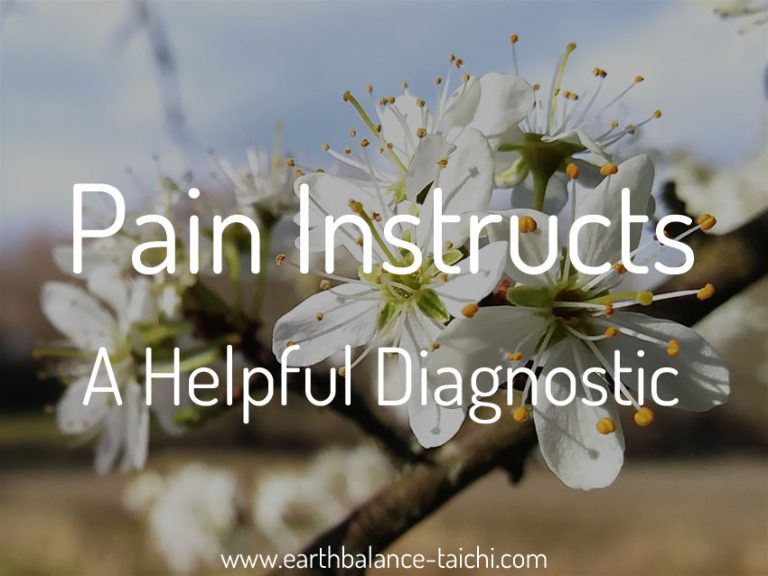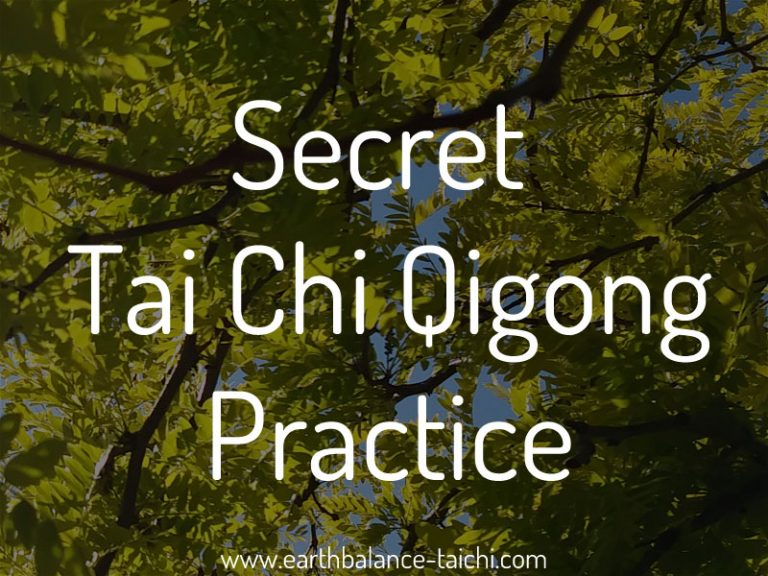Tai Chi Qigong for Injury Recovery

Tai Chi Qigong for Injury Recovery
In this article I would like to explore the benefits of using Tai Chi and Qigong as restorative exercises to help during injury recovery. Over the years I have worked with many students to aid physical rehabilitation after accidents and injury, from frozen shoulders, twisted knees and falls, to recovery from operations.
Doing in a Qigong Way
Spend your time in the day 'doing' in a qigong way, that means exercises and movements are done with an aligned posture, deep breathing and body awareness. From walking to the kitchen, making a drink, to pottering around the home, as much as possible in a safe and relaxed way. Avoid aiming for perfection or what you used to be capable of in terms of flexibility and mobility. Be mindful, considered and controlled in your movements. Pain is a fantastic diagnostic, it gives you instant feedback to respond to. By applying the theory of qigong to daily life, you can help reduce the sharp edges of pain that you reach through a misaligned posture and working outside of your baseline.
Gentle Powerful Movements
Tai Chi and Qigong can be practised by literally anyone of any ability, capability, health, weight, fitness level and/or age. There are no restrictions to these movements. They suit people who are recovering from injury, as they offer little impact, no jarring and can be performed as gently as needed. In times of recovery the physical body (and mind!) is in a state of stress, which means resources from the body are drawn into the healing process. It would be fruitless to add further stress on the body and over-do movement. Yet being sedentary can be counter-productive in healing and recovery.
There is a happy medium! As a low stress exercise it is useful to use Tai Chi and Qigong in injury recovery as a way to approach exercise again, in a safe, slow and controlled way. It gives injured people a sense of achievement to be able to do something for themselves that helps with their recovery, and importantly something that is not passive. Tai Chi and Qigong require 100% involvement in what you are doing, it's empowering and rejuvenating. Whether lying down, sitting, standing, it is possible to perform some level of gentle movement.
60-80% Guide
I don't use the word rule as that implies something set in stone. Training Tai Chi and Qigong less than your absolute maximum is essential for all practitioners, not only those in injury recovery. This enables the movements to be performed with relaxation of the soft tissues, and help you avoid further injury, or physical stress from overdoing it. It also helps the body heal gently and gradually, whilst helping the rest of the body stay mobile and strong. Far from the push yourself mentality passed 100% that we have been conditioned with in the West. In general in Tai Chi and Qigong, we aim for 70-80%, but that does not account for everyday life. Choose the percentage based on your current baseline. Pull back training when needed, so as not to exhaust yourself nor drain your physical and mental resources further, and push to 80% when your mind and body are in a healthy state. Observe and pace accordingly.
Relax
Relaxing the mind and body is important throughout life, not only for those in injury recovery. When in chronic and/or acute pain it can be easy to carry that tension over into the whole body, by tensing up and fighting the pain. The body during times of shock and pain will also form itself into a protective posture around the injury, heading towards the foetal position which can cause unnecessary chronic muscular tension.
This may cause fatigue, headaches, muscle pain, restricted movement, stress and anxiety amongst other side effects. It can be extremely difficult when in pain to let go of tension and to deal with the pain in a positive way. Softening, releasing, dropping and letting go of the whole physical body is an important part of injury recovery. How we respond to pain is an important awareness practice. With training over time, you can soften the edges of the pain and injury experience.
Breathing
Deep breathing is an important part of managing chronic and acute pain. By giving the body more oxygen with diaphragmatic breathing, and allowing the body to enter a parasympathetic state (automatic relaxation response), this helps the heart rate slow down and lowers blood pressure. Deep breathing can be done lying down, sitting or standing, it is the most accessible practice you can do when injured, as we do it anyway autonomously. Focused deep breathing helps us bring awareness to how we are breathing, to improve our physical breathing movement, our pattern and our length of breath. Add in slow and deliberate movements with deep breathing to help speed up the healing process. This helps the mind and body return to a neutral state, without unnecessary tension.
Blood Circulation
This is major in injury recovery. To rest up can be counter-productive to overall health, wellbeing, psychology and physiology. Once your doctor has given you the all clear to start exercising after injury, a physio will advise you to start moving with focus and awareness in your alignment. To aid healing of an injury, blood needs to flow, and blood flows best when moving. Restricted blood flow hinders recovery from injury, as blood can pool and become stagnant.
With gentle and focused movements, like Tai Chi and Qigong, the blood flows better, the heart beats a little faster and circulation increases which brings nutrient rich blood to the injured site to nourish and repair. The movements also put a small load onto the connective tissue (ligaments, tendons, fascia), which helps them grow, renew and heal.
Lymph System
Read more about how we detox the body through movement. Movement helps the lymph system to pump lymph fluid around the body, to flush out toxins and draw waste and debris away from the injured site. It is essential to start moving and exercising as soon as it is possible to, post injury or during times of ill health. Our lymph system only works through muscular contraction, and expansion and compression of the body, acting as a pump for the lymph fluid. A free flowing lymph system is vital to draw waste and toxins out of the body. Without movement, the lymph fluid cannot drain away, resulting in toxins circulating around the body.
Body Systems
Tai Chi and Qigong do not put stress on blood pressure or jar the physical system through impact, heavy load bearing or aerobic exercise. Start very small and work to your baseline with grace, to avoid moving into the acute pain response/reaction, whilst gently and patiently respecting your pain and physical boundary. I believe in active care of injuries to promote physical healing.
Where possible move all parts of the body gently with mindfulness as this helps oxygen, blood and lymph fluid reach every part of the body. This also helps to enhance all body functions: nervous system, immune system, digestive system, endocrine system, respiratory system and so on. Most systems in the body respond to movement, we are meant to move! Movement is literally feeding the body with nutrients to function and heal.
Speed in Recovery & Prevention
What makes for good recovery (as per my physiotherapist): movement, posture, mindset, weight, nutrition, lifestyle. He said all too often patients do not take an active role in their recovery, whether physically or mentally. In my personal experience of injury recovery, I have frequent joint, soft and connective tissue damage as I live with Ehlers Danlos Syndrome (EDS). My speed of injury recovery is above average, which is unexpected, as generally healing with EDS is very poor. My physio believes this is down to my lifestyle, as all of the Tai Chi, qigong and meditation training I have done has led me to a point that recovery occurs quicker than average.
In summary, get moving folks. Not only will you prevent injury by being physically strong and resilient, you will recover and heal quicker if you do unfortunately suffer injury, AND you will adapt to life changes with a more positive and healthy attitude.
Here are some useful resources on injury recovery using Tai Chi and Qigong:
- Tai Chi - Relieving a painful shoulder injury
- Why the RICE principle prevents sports injuries from healing
- Fort Bragg offers tai chi class to injured, wounded warriors to aid recovery
Dave Hedges from WG-Fit discusses the heat versus ice debate for injury recovery:
* Please speak with your doctor or physiotherapist if you are injured and wish to start exercising to aid recovery. Please note that the Taoist practices are not a replacement for conventional medical treatment. This article is for information purposes only and must not be taken as medical advice. *















